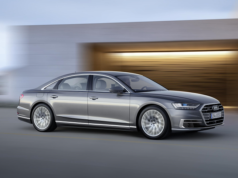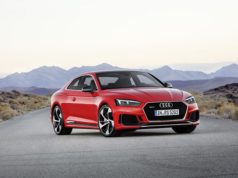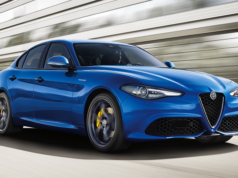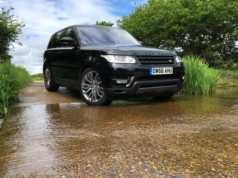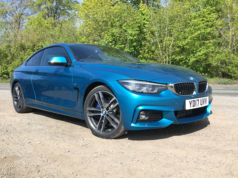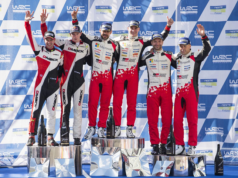We all know what a Group-B rally car is. Etched into the minds of every petrol head are images of these 1980’s creations leaping, fire breathing, roaring beasts doing battle with some of the toughest terrain Mother Nature could throw in their path. These machines with close to 1,000BHP in some cases covered ground through snow, ice, gravel and dirt like nothing that came before them. The brave and highly skilled men who piloted now fabled nameplates such as quarto and 037 literally put their lives on the line in the pursuit of speed. Group-B died along with the many lives it took in 1986 and so closed the most deadly, yet exciting chapter of rally history. Or did it? A new class was being devised whilst Group-B was ongoing, a class that would focus on future technologies at the cutting edge of science and engineering. I speak of Group S rally cars, the forgotten class.
Group S became tragic collateral damage when Group-B was abolished. The new class had its regulations laid out and manufacturers had already begun building prototype cars. These machines would never turn a wheel in anger as the governing body very much threw the baby out with the bath water. For Group S only 10 road going variants of a competing car had to be made in order for it to gain entry. Power was to be artificially restricted to around 300BHP, although each car was more than capable of 600BHP. This reduction in power was a bid to reduce the speed at which the cars were travelling, a big factor in how many accidents there were in Group-B. However, the loss in power was to be made up by innovative new materials to save weight and regain an impressive power-to-weight ratio. With new leads in aerodynamics and the use of carbon fibre, these cars after a few seasons of development had the potential to be just as quick as their banned big brothers.
As mentioned before, a handful of manufacturers had already started work on prototypes for Group S. Toyota were working on a mid-engine 2.1 litre car that resembled the MR2. This car was in development before the finished Group S rules were in place and so this turbocharged car actually produced 750BHP. Ford was working on a variation of the RS200 Group-B car as were Peugeot with their 205 T16. Audi planned to bring the Quattro into the new class and use the tier as platform to show-off what technologies the German company intended to filter down into future production cars. Lancia arguably had the most advanced prototype and would likely have been the favourites for the first Group S championship. Their Lancia ECV (Experimental Composites Vehicle) test car was powered by a 600BHP 1.8 litre twin-turbocharged engine. With a focus on reducing weight through the use of composite materials and an entirely carbon fibre chassis, the end result was a rally car weighing just 930KG.
This new breed of car had the potential to keep the excitement and adrenaline of the dangerous Group-B within the sport whilst introducing greater safety for drivers. Crash tests, power restrictions and the banning of flammable materials all factored into the rules. Alas, Group S was swept aside changing the destiny of rallying forever.


